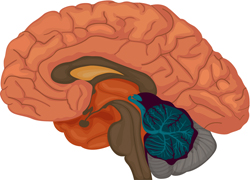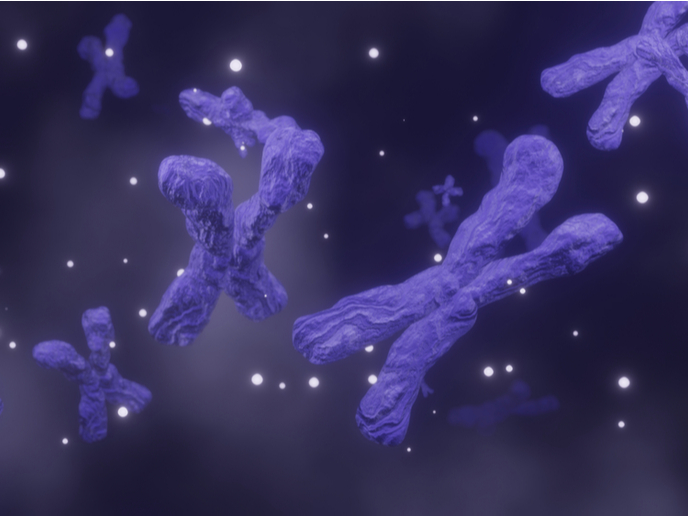Signals and receptors guiding brain function
Signal transmission in the brain occurs mainly through trans-membrane receptor proteins which interact at synapses through the release of the neurotransmitter glutamate. Kainate receptors (KARs) fall in the category of excitatory glutamate receptors and appear to be involved in synaptic integration, plasticity and neurotransmitter release. These functions require proper localisation of receptors in neurons and interaction with cytoplasmic and extra-cellular proteins. Seeking to dissect the mechanism of KAR localisation, the EU-funded project ‘Synaptic trafficking of Kainate receptors in Hippocampal CA3 pyramidal cells in vivo’ (Kartraf) used an animal model that lacked glutamate receptor 6 (GluR6). Scientists showed that by re-expressing the alpha component of the GluR6 receptor, the current activity in the mossy fibre hippocampal synapses was restored to wild-type levels. To further delineate the molecular interactions responsible for GluR6 synapses, a number of receptor mutants were used and by electrophysiological techniques, the KAR-mediated current was measured. It was found that the last 29 amino acids of the GluR6 receptor were required for proper synaptic localisation. Additionally, experiments with a mutant lacking the anchoring domain PDZ showed that proteins interacting with this domain were dispensable for correct KAR localisation at synapses. Further insight into the mechanism of KAR targeting regulation indicated that the N-cadherin/b-catenin adhesion complex played an important role in the process. Collectively, the Kartraf project provided novel insight into the mechanism regulating KAR localisation at the hippocampal synapses. The project findings contribute to a better understanding of hippocampal signal transmission and the role of Kainate receptors in brain function.







